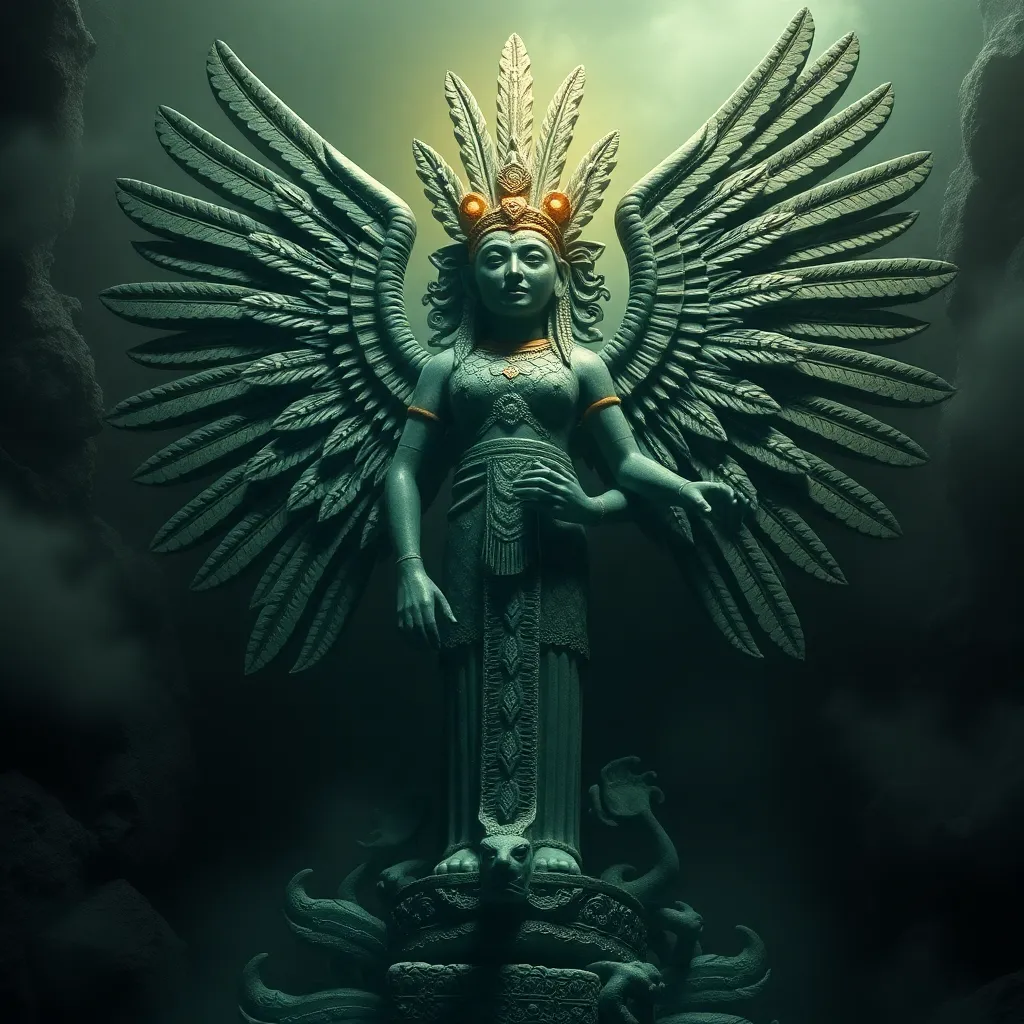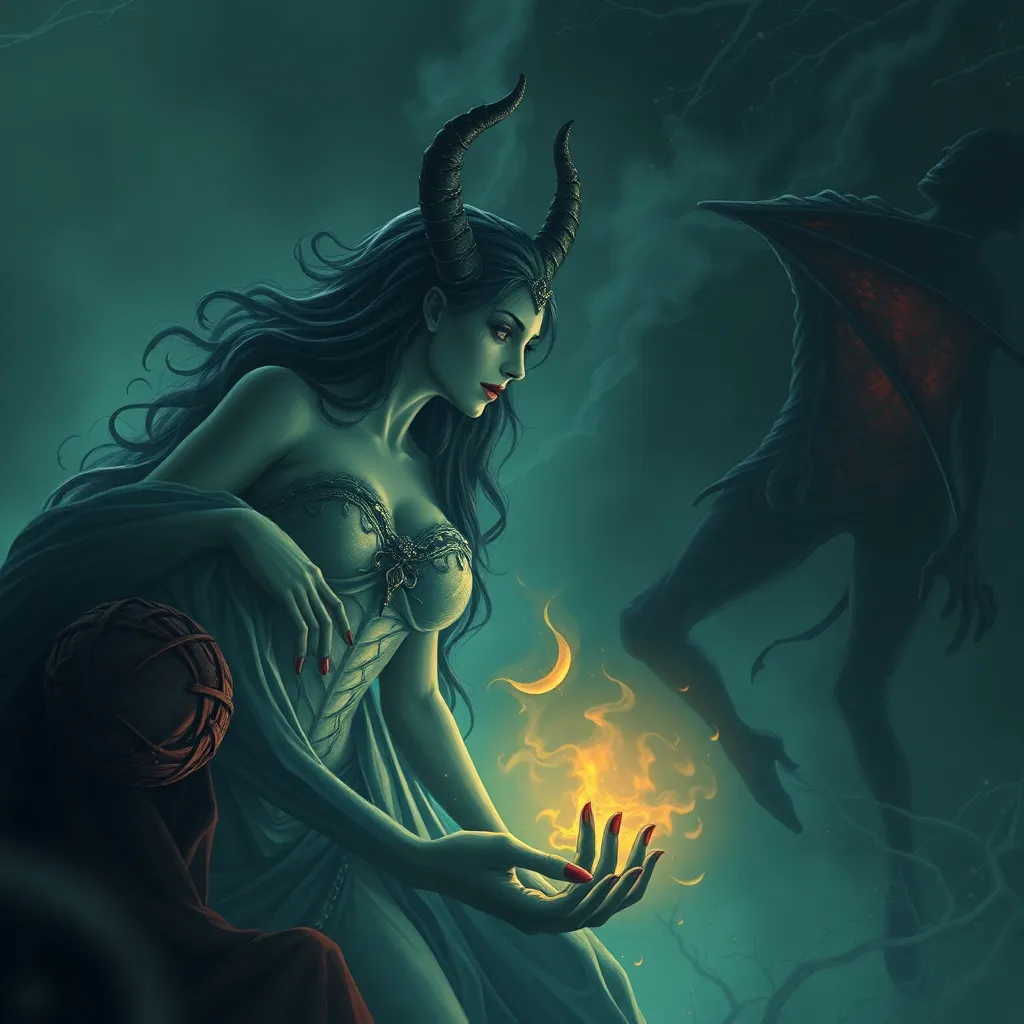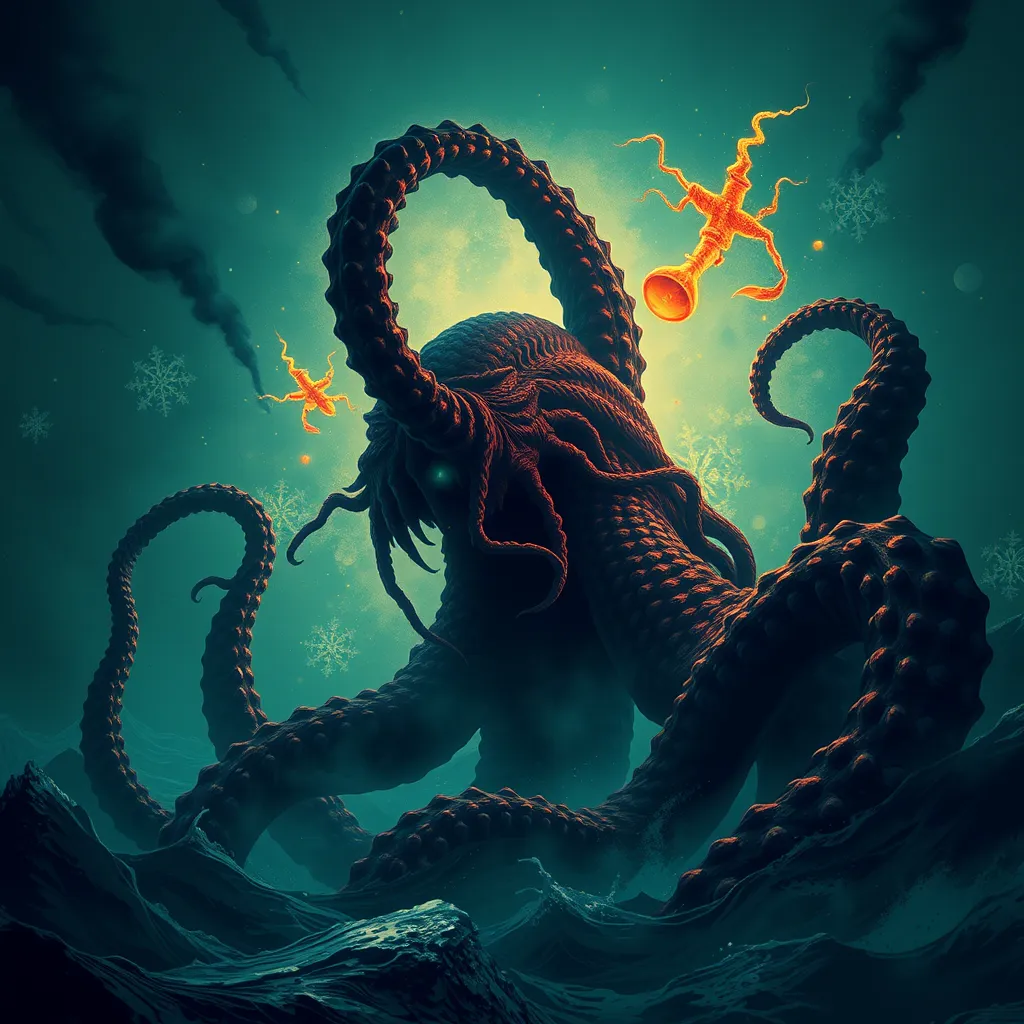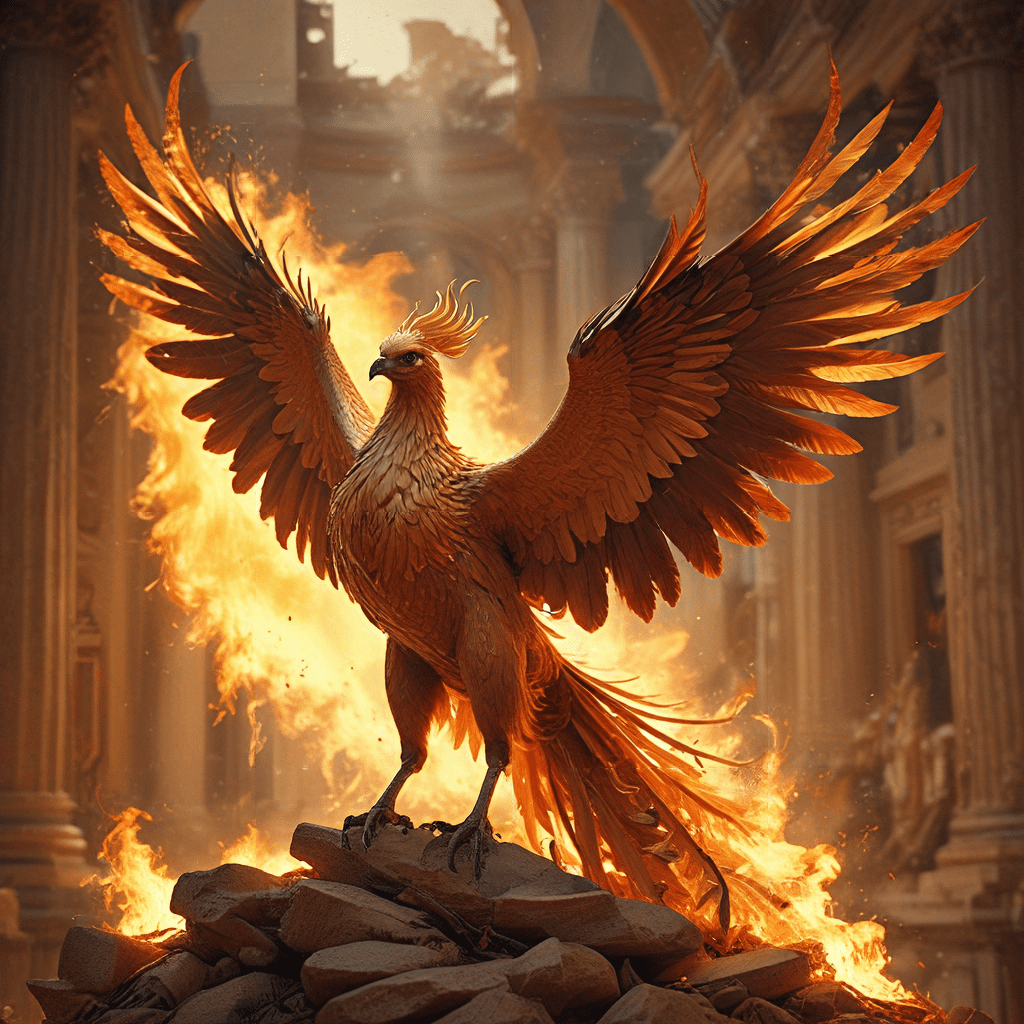The Goddess of the Underworld: Coatlicue’s Connection to the Aztec Afterlife
I. Introduction
Coatlicue, the Aztec goddess of the earth and the mother of deities, holds an essential place in the tapestry of Aztec mythology. Revered as a powerful figure, her narrative intertwines with the complex beliefs surrounding the afterlife in Aztec culture. The afterlife was not just a mere continuation of existence; it was an intricate realm influenced by various gods and goddesses, and Coatlicue’s role in this belief system is particularly significant. This article seeks to explore Coatlicue’s connections to the afterlife and her impact on Aztec spiritual beliefs.
II. Who is Coatlicue?
Coatlicue, whose name translates to “Serpent Skirt,” is a multifaceted deity with a rich mythological background. According to Aztec lore, she was born from the earth and is often depicted as a woman adorned with serpents, symbolizing both creation and destruction.
The myths surrounding Coatlicue often highlight her role as the mother of important deities, including Huitzilopochtli, the god of war, and Coyolxauhqui, the goddess of the moon. Her narrative reflects the duality of motherhood—nurturing and fierce—embodying the cycles of life, death, and rebirth.
As a mother goddess, Coatlicue represents fertility and the nurturing aspects of the earth, while simultaneously embodying the destructive forces that can arise in nature. This dual nature is central to her identity within the Aztec pantheon.
III. Coatlicue’s Dual Nature
Coatlicue’s dual nature is a defining aspect of her character. On one hand, she is a nurturing mother, providing life and sustenance to her children and the earth. On the other hand, she is a formidable force of destruction, capable of bringing about chaos and death.
The physical representation of Coatlicue is striking and symbolic. She is often depicted with:
- Snakes as her skirt, representing fertility and the cycle of life.
- Skulls and bones, symbolizing death and the inevitable return to the earth.
- Claws and teeth, showcasing her fierce protective nature.
This duality reflects the Aztec understanding that life and death are interconnected. The Aztecs believed that one could not exist without the other, and Coatlicue embodies this philosophy.
IV. The Aztec Afterlife: A Complex Belief System
The Aztec belief system regarding the afterlife is intricate and multifaceted. They viewed the afterlife as a continuation of the soul’s journey, influenced by one’s actions during life. The afterlife was divided into various realms, each with its significance:
- Mictlan: The underworld, where most souls would journey after death, ruled by the god Mictlantecuhtli.
- Sun’s Path: Souls of warriors and women who died in childbirth would ascend to the sun.
- Heaven: A place for those who died in sacrifice, revered for their bravery and devotion.
The journey of the soul after death involved navigating through challenges, which reflected the trials faced in life. The belief in the afterlife served as a moral compass, guiding the Aztecs in their daily lives and interactions with one another.
V. Coatlicue and the Afterlife: Mythological Connections
Coatlicue’s connections to the afterlife are underscored by several myths. One prominent story is her role in the birth of Huitzilopochtli, who emerged fully grown and armed from her womb after she had been impregnated by a divine feather. This act not only signifies her power but also her connection to the cycle of life and death.
Coatlicue is often seen as a representation of the earth, nurturing the dead and the living alike. In her role within the cycle of life, death, and rebirth, she serves as a bridge between the physical and spiritual realms.
Furthermore, Coatlicue maintains relationships with other deities associated with death, such as:
- Mictlantecuhtli: The god of the underworld, who governs the fate of souls.
- Cihuacoatl: The goddess of childbirth and midwives, who also has connections to the underworld.
VI. Rituals and Worship of Coatlicue
Rituals dedicated to Coatlicue were integral to Aztec society. She was honored through various ceremonies that underscored her dual nature as both a nurturing and destructive force. These rituals often included:
- Offerings of food, flowers, and precious items, symbolizing gratitude and respect.
- Ritual sacrifices, which were believed to appease her and ensure the fertility of the earth.
- Festivals celebrating her role in the agricultural cycle, recognizing her as the giver of life.
Coatlicue’s role in funerary rituals was also significant. The Aztecs believed that honoring the dead through offerings and rituals was essential for ensuring their safe passage to the afterlife, and Coatlicue’s influence was seen as vital in this process.
VII. Legacy of Coatlicue in Modern Culture
Coatlicue’s impact extends beyond ancient times into modern culture, where her story continues to resonate. Her influence can be observed in various forms of art, literature, and popular culture. Artists often depict her powerful image, representing the strength and complexity of femininity.
In literature, Coatlicue’s narratives are explored to discuss themes of life, death, and rebirth, reflecting the ongoing relevance of her story. Additionally, contemporary discussions about life, death, and spirituality often draw upon her mythological legacy, showcasing the enduring nature of her significance.
VIII. Conclusion
Coatlicue stands as a monumental figure in Aztec mythology, embodying the complexities of life, death, and the afterlife. Her dual nature as both a nurturing mother and a fierce protector underscores the Aztec worldview, where life and death are intertwined. Understanding her role provides valuable insights into the beliefs and practices of the Aztecs, emphasizing the importance of mythology in shaping cultural identity.
As we reflect on Coatlicue’s legacy, it becomes evident that ancient mythologies hold profound truths about the human experience. The story of Coatlicue remains a powerful reminder of the complexities of existence and the cyclical nature of life and death.



